What is Ayurveda and how does it work | Principles of Ayurveda
Ayurveda is the total herbal procedure to cure a disease.
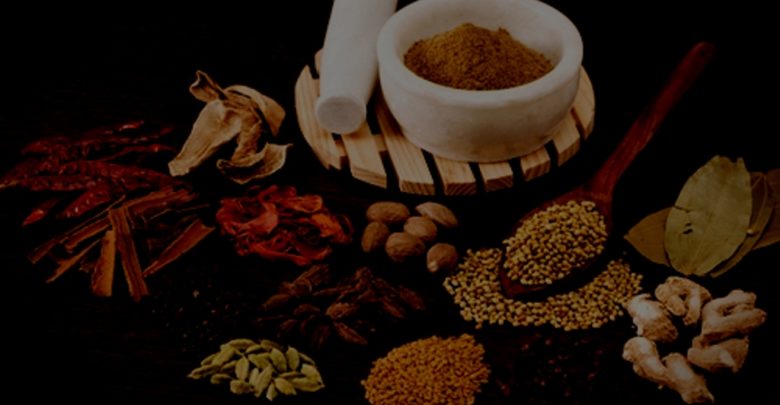
Ayurveda is an ancient and popular form of holistic medicine. It is a combination of two Sanskrit words, ayur meaning ‘life’ and veda meaning ‘knowledge’. Ayurveda means science of life. It not only deals with the treatment of diseases but also teaches us with various methodologies that are essential to carry out a healthy and happy living.
According to the principles of ayurveda, everyone has a specific body type known as a dosha. There are three doshas pitta, kapha, and vata, and everyone has a specific balance of doshas which must be addressed in ayurvedic therapy. We can say it is a complete health science that has the capability to transform our body making it more energetic, youthful and filled with enthusiasm Ayurveda is to eradicate sorrows and misery from the life a person. These sorrows and misery can be any, physical or emotional. It believes in making a person happy and free from any disease and secondly if a person somehow gets affected by certain ailments then it is concerned with treating the root cause besides providing a disease.
Besides maintaining general heath, it tells certain ways to achieve longitivity and live life like a youth. These methods are known as rasayana. This longitivity can be achieved by herbal medicines and also by following a certain procedures.
It is largely an herbal science. It delves into the medicinal properties of herbs and studies their effects on the human system. There are more than four thousand herbs known, out of which about one thousand are very commonly used in regular prescriptions. There are various herbal preparations that are extremely helpful in eradicating various diseases that has been caused due to certain reasons. Though it mainly deals with herbs; it also deals with several minerals (dhaatus). Some of them are very important to the human happiness.
Apart from herbs and minerals, there are several therapies that Ayurveda has devised. The most famous of these is the Panchakarma treatment. It is a five step procedures that helps in eliminating toxins from the body thereby establishing the homeostasis in the three humors i.e. (vata, pitta and kapha). It can treat almost any ailment that afflicts humans and is popular way of purifying our body.
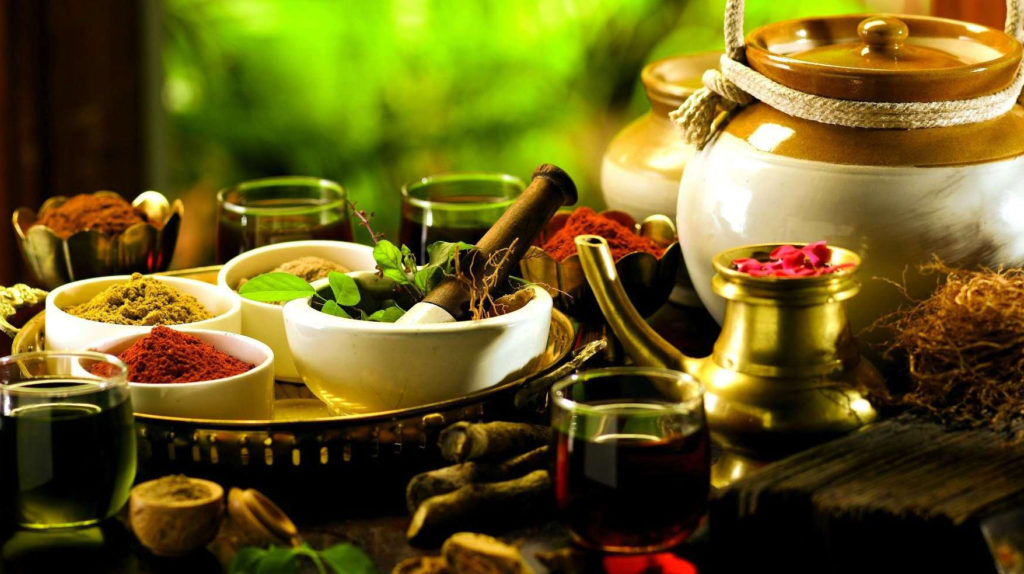
AYURVEDA- As A Natural Treatment
From the ancient past Ayurveda is used to served as the best way of treatment of all diseases. An herbal process to get relief from all sorts of disease. The oldest methode of treatment is Ayurveda. Still in the 21st century, it has its effects on the people. Many people have good faith on Ayurveda as good method of treatment.
As a natural treatment, it gains lots of fame in the world of herbal medicine. Stress is such kind of disease, that effects human being very easily. And every one needs get rid of it as soon as possible. Ayurveda is somehow a good reactant against all type of stress.
The job is not inevitably the root cause of undue stress. Rather, how one takes stress and carries on with life by sustaining an inner balance, which matters ultimately. Whether or not one is subjected to stress, depends on the way an individual reacts to a particular event in life.
Persons maintaining their daily routines like taking meals, eating a diet based on their doshas, regular intake of herbal tonics, giving some times for meditation each day and probably undergoes a Shiro Dhara atleast once a month, appear so much more clam, sharp and clearer in their views. People begin to think positively and their reaction towards work situation changes for the better. Ayurveda recommends the following de-stress therapies for job stress.

Shiro Dhara. An Ayurvedic treatment, in which the person is made to lie on his back on a massage table and warm medicated herbal oil, is poured in a stream on the forehead, targeting the area in between the eyebrows. The reason behind doing this methode is that, the area in between the eyebrows is the point where all the nerves in the body meet. Hence, when oil gets in contact with this area, it soothes the nervous system with the same effect that one receives through a good body massaged. Even the immune system of the person gets relaxed through Shiro dhara.
Herbal Brain Tonics is the recommended Ayurvedic tonics containing herbs such as Brahmi, Ashwagandha and Shankapushpi. For individuals suffering from sharp emotional and mental stress, the herbs are poured in the form of medicated oil through the nostrils, as this puts the herbs immediately into the bloodstream, as it is in close vicinity to the brain.
Stress, disposition and digestion are all cured by meditation. Quite meditation is very clearing and calming. Certain other forms of meditation include nature walks, or sitting by the water or in the woods, as they all give the same reassuring effect to mind. Anything that helps one relax is meditation. In other words, individuals who do not spend time in nourishing their spiritual connection are bound to feel hassled with their jobs.
Color therapies, Music Therapy, Aromatherapy and Yoga are other therapies that help in bringing about a balance of mental, physical, nervous and immune systems. Even essential oils could be used at office to bring a calming effect to the mind through the sense of smell.
Ayurveda is the most primitive technique to reduce stress. It can help you to get a perfect relief from all sorts of disease.
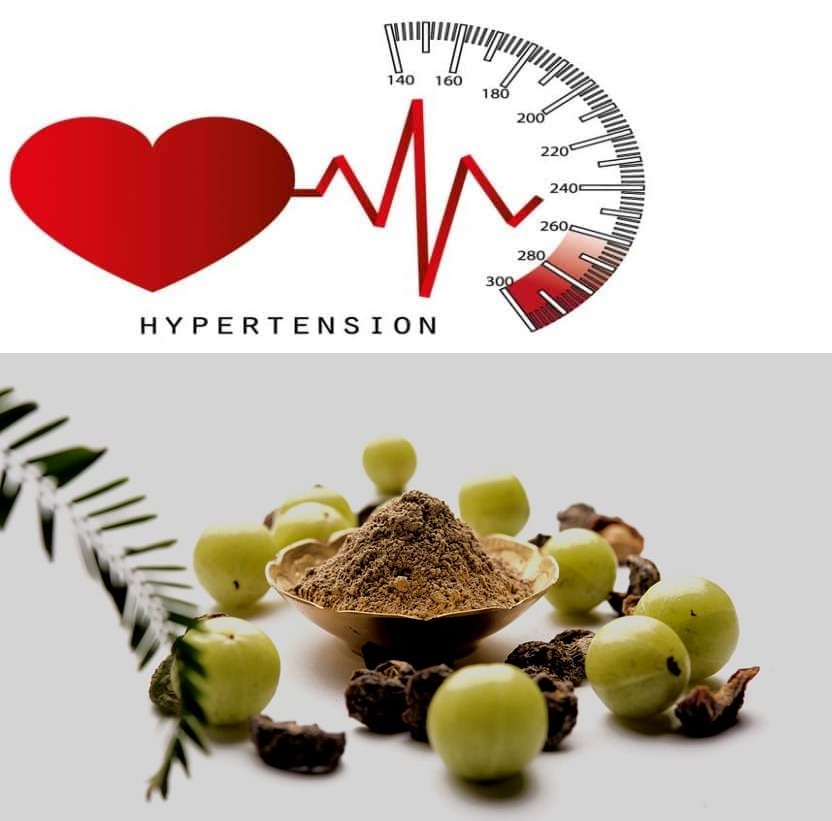
Hypertension and the Ayurveda
Disability and death mostly causes by hypertension, all over the world. Hypertension is the causes for heart attacks, strokes, kidney failures and other disorder if neglected and remains untreated. In many cases, plays a role of silent killer in the body hypertension does not cause any symptoms until it causes complications such as heart attack and stroke . Therefore, it is important to notice yourself that you have high blood pressure and you have rooted it out by regular treatment.
Blood pressure is high when arterial blood pressure is elevated above the normal ranges. The normal blood pressure reading is systolic 120 over diastolic 80.

Symptoms of Hypertension:
Regular Pain at the back of the head and neck on waking up, lasts for a little while, Dizziness, Palpitations, Heart pain, Frequent urination, Nervous tension, Fatigue, Difficulty in Breathing.

Causes of Hypertension:
Stress and hectic life-style, Vitiation of vata, Smoking and an excessive intake of intoxicants, Hardening of the arteries, Obesity, Metabolic disorders. Excessive intake of common table salt, Overloading of fast foods.

Hypertension And Its Ayurvedic Approach
From Ayurveda, high blood pressure involves all the doshas (fault), the heart, and the blood vessels.We can see signs and symptoms of upset of vata dosha(air problem) a mainly that of ‘Vyana vayu'(clear air) in high blood pressure. The treatment is to correct the balance of vata dosha (Speech Fault).Pitta (bile) forming is also seen often and should be trated.
People with Pitta (bile) and Vata (air) predominant constitution and Pitta and Vata imbalance, are more prone to hypertension than any other. Unprocessed anger, frustration, irritability, anxiety, and fear leads to a bad effect of the endocrine system, which then leads to conditions like hypertension.
The Ayurvedic Treatment is grounded on bringing these instabilities back to normal. In the treatment of hypertension; nutrition, exercise, breathing exercises (Pranayama), yoga, meditation, behavioral modification, and a range of herbs and minerals are prescribed.

Diet
Avoid meat, eggs, and salt, less amount of protein intake. To pursue the ideal vegetarian diet, Vegetables: Garlic, lemon, parsley, Fruits: Indian Gooseberry, Grape fruit, watermelon, Dairy: Milk, Cottage cheese, clarified butter. Coffee, which has caffeine, heightens the action of adrenaline and both are vital in increasing blood pressure levels. Limit sodium in the diet.
Cigarette smokers be apt to have high blood pressure. Nicotine helps in increasing the heart rate and increases the release of the adrenaline.

Hypertension – Medication by Ayurveda
Herbs for hypertension
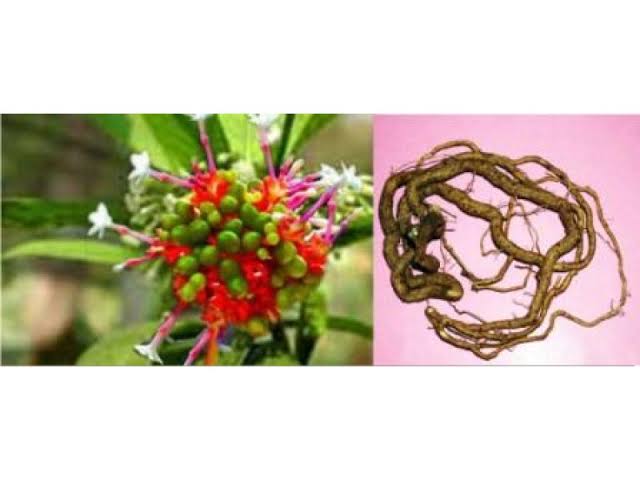
Sarpagandha: For centuries Rauwolfia serpentina has been used to treat hypertension Ayurveda can supply Tablets ‘Rasagandha’ Available at all Ayurvedic Drug Store.
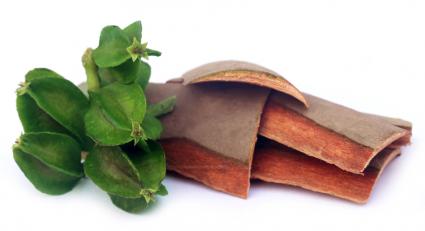
Arjuna:Terminalia Arjuna shaped dose-dependent hypertension in put out chases. Action of mechanism for this particular herb is that it acts like a agent and is a powerful antioxidant, liver protectant and contains cardio-protective, hypolipidemic, anti-angina and anti-atheroma properties. Ayurveda can supply Tablets of ‘Arjuna’
Gokshura: Tribulus terrestris (gokshura) is a natural herb used for handling a lot of diseases including hypertension. It has shown to be water pill and an ACE inhibitor.
Punarnava: Boerhaavia Diffusa has water pill and Ca2+ channel jamming activity.Praval Bhasma: Indian Coral Powder offers elemental calcium and magnesium.
Rose:Rose Pattel Jam has calming and mood lifting effects

Home Remedies Rasona or garlic is most key stuff helpful in easing vata dosha controlling blood pressure. Garlic looses cholesterol and triglyceride that have force on heart disease. A paste made of about 1 gm of garlic must be mixed with a glass of buttermilk. Drink this buttermilk twice a day. It will get your blood pressure down.
Ayurveda can supply Tablets ‘Lashunadi Vati’’. Available at any drugstore Eating 2/3 raw clove of garlic (prior to soaking it in buttermilk) on empty stomach in the morning will correct any nullification of vata dosha and will help to lower your blood pressure.
Soak 1tsp Greek clover seed in water for a night and munch them early in the morning on empty stomach. It will reduce your cholesterol and excess fats.
Powder of ‘Triphala’ should be taken regularly at night with warm water. This will help maintain constipation and intestines will remain clean.

Panchakarma: Niruha basti Chikitsa (non-unctuous enema) will be helpful in hypertension and should be given by experienced physician.
Dhara therapy is also helpful in treating obstinate cases of hypertension. Oil processed with bala (sida cordifolia) and milk is allowed to drop in small droplets on the forehead of the patient.



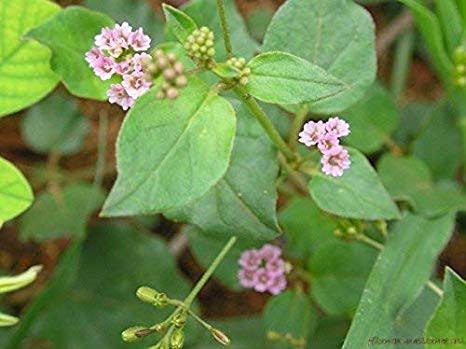
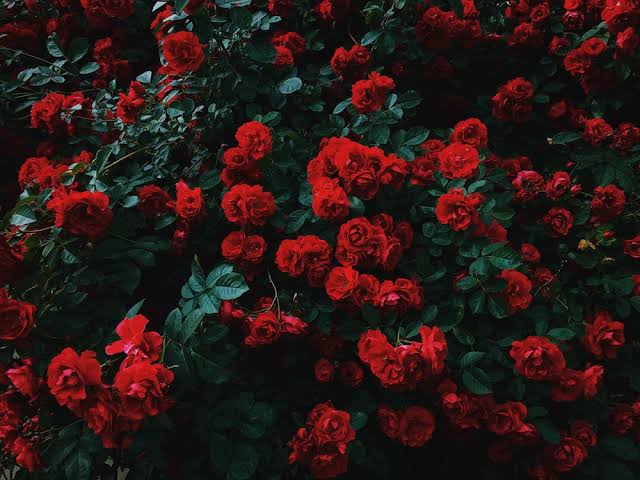
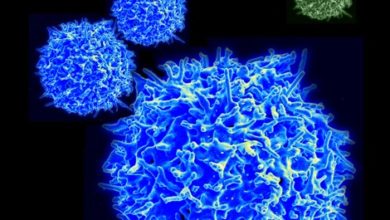


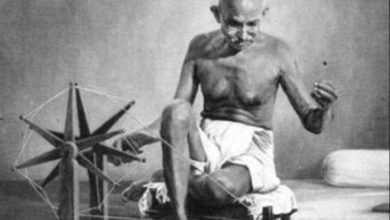
Awesome post! Keep up the great work! 🙂